Our womb lives in cycles, similar to the way the earth rotates around the sun. Year after year we mark the return of different conditions. We acknowledge the changes in seasons through festivals and holidays. The winter solstice season is a time where some of us experience shorter days with less sun. Whereas the summer solstice brings with it longer days and more sun. These Changes not only affect our planet but also our physical bodies. Our wombs and hormones experience different shifts with each change of season and our nourishment requirements change with each turn around the sun.
The word season derives from the latin word to sow or to plant. Each season brings with it a different harvest, a different plant. The earth tells us the best food to eat for each time of year based on what plant thrives and ripens during that season naturally. Due to modern advancements in agriculture and refrigeration we have access to certain seasonal foods all year round. Foods that may not provide the nourishment that bodies need at certain times. It’s great to have an umbrella handy but there is no sense of bringing it outside on a day that is only a bit cloudy with no rain in sight. Similarly, we are eating foods that our bodies don’t need for the season that we are in. As humans, we have evolved to eat what is in season, what was available at the time. Today, we have transitioned from consuming what is available at the time to consuming the surplus. Seasons can help us to determine what will nourish our wombs and provide our bodies the nutrients they need to fulfill our maximum potential.
While the moon phases encourage us to look at ourselves internally, the seasons encourage us to observe what is happening in our external world. Seasons encourage us to look at the sun and observe the sky. To observe the trees and nature and how the animals respond to the change in temperatures. Seasons are time to mark the transitions of the sun and its relationship with earth and thus its relationship with our womb health.
Our sun has two solstices and two equinoxes. These four changes mark the four seasons. The two solstices occur in June and December marking the beginning of summer and winter. Depending on where you are on the planet your winter can be someone else’s summer. The solstice means “sun” and “stand still” because the sun reaches its highest or lowest point in the sky giving the appearance that it is standing still.
Equinoxes happen in between the two solstices and mark the beginning of Spring and Fall. Equinox means equal day and night. This is because unlike Summer and Winter, Spring and Fall have equal hours of day and night. It’s a time of more light balance.

The winter solstice usually takes place around December 21st. This time can vary from year to year, but more often than not it lands directly on December 21st. During this time of year the nights are their longest. With less sun, the temperature drops and the environment gets colder. As women we began to experience our four moon phases in a colder environment. During our ovulation phase we may be experiencing an internal summer with lots of energy and a drive to move but it can be difficult to experience an internal summer when the external environment is winter. Knowing how to nourish your internal season while embracing the seasons is a key step to a healthy womb journey.

Food
Nutrients needed in the winter are Vitamin D. With the days being shorter and the sun being less visible it’s important that the foods included in the winter menu are high in Vitamin D. Vitamin C helps you to become more resilient in the winter. Winter marks a time when there are less leaves on the trees and they go into a dormant season which means that there is less oxygen in air. That’s why it’s important to up tick your Iron levels during the winter season. Not enough Iron can result in brittle nails, cold hands/feet and fatigue. Other vitamins that help support the immune response to combat flu and germ season include vitamin A, omega 3, zinc and selenium. The necessity of each of these nutrient requirements will change in accordance with your moon phases.
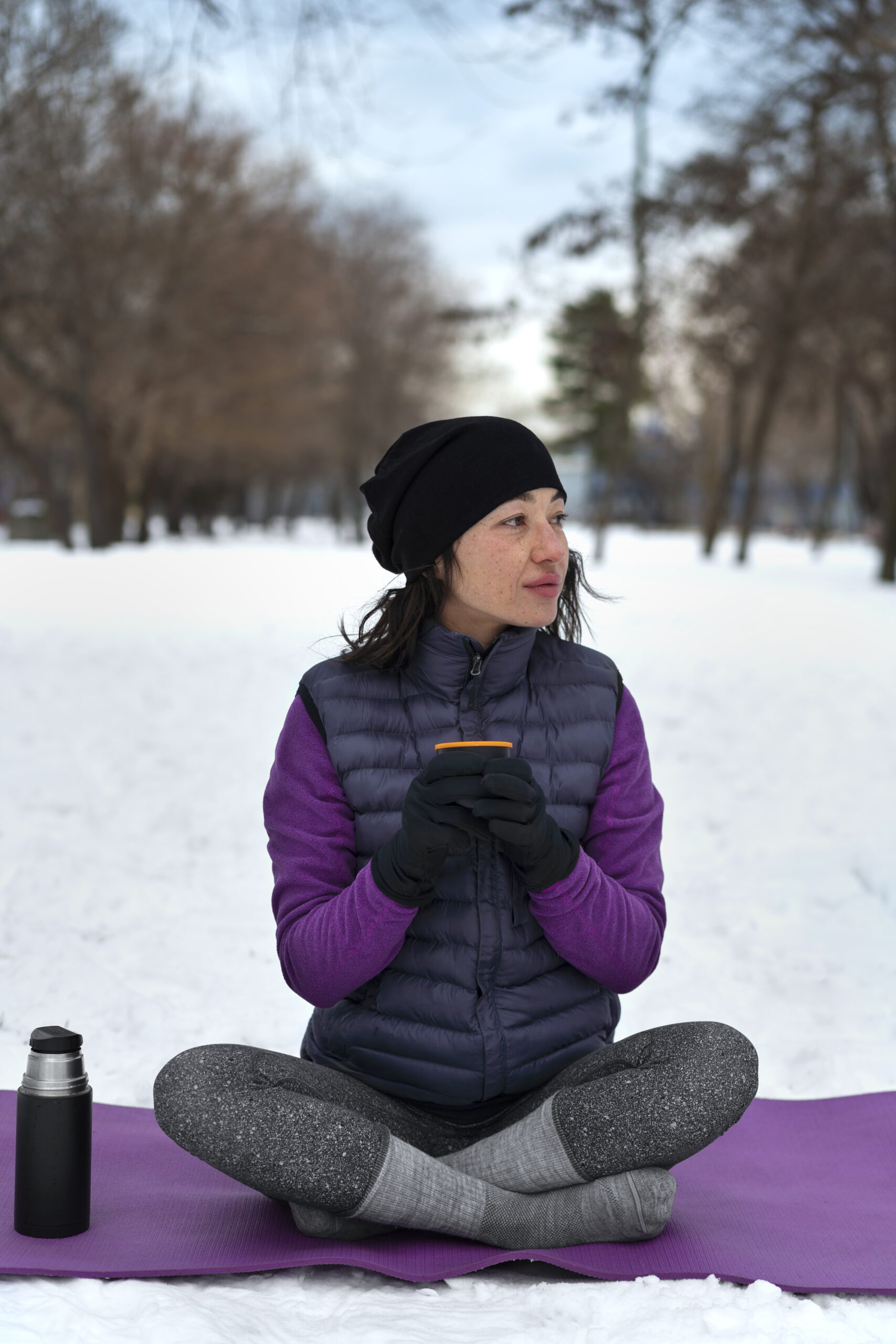
Body
Most women who experience cold winters have a desire to stay indoors. I would encourage you all to spend as much time as you can in the sun. We don’t get a long window of sunlight so it’s important to make a conscious decision to receive sunlight before it goes down. It’s also a great time for salt baths. The winter is a season that can cause many women to experience dry skin. A salt bath is a great way to rehydrate and soften your skin.

The spring equinox can occur anytime between March 19th and March 21st. Similar to the Winter Solstice, the date can vary year by year. During the spring the temperature begins to warm up and we see signs of life everywhere. Flowers begin to bloom and we might find ourselves wanting to go outside more. Experiencing your Luteal Phase, your internal fall during the external Spring can be a bit jolting. You may have a desire to go out and enjoy the freshly bloomed flowers but your womb is requesting you stay home and prepare for winter. It’s important to realize that these moon phases are here to enlighten us and bring us wisdom. Your period is an organic process of embodiment. Women have been given the tools to slow down and go internal. It’s a balance between enjoying the external Spring while also honoring the internal cycles of your body.
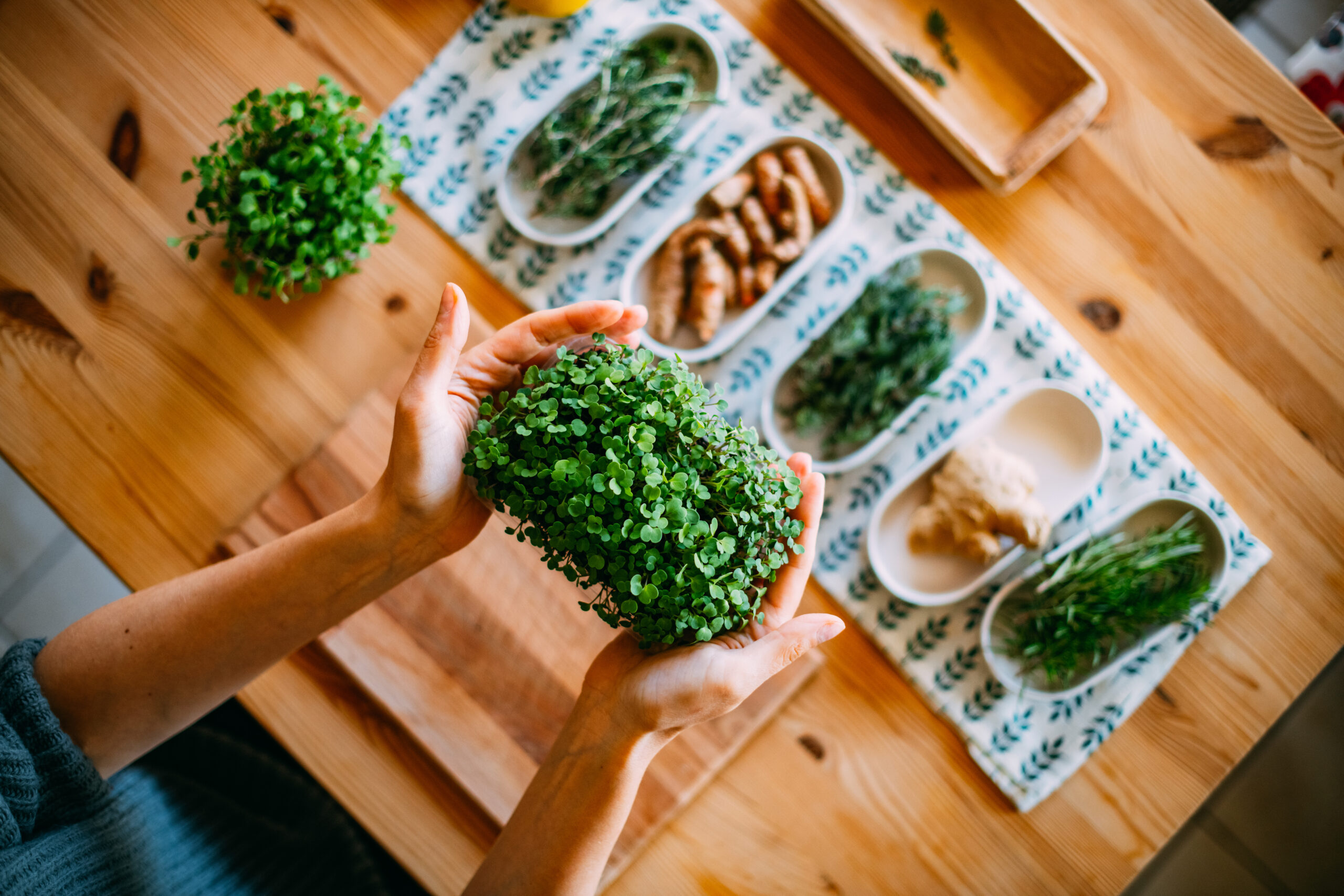
Food
Spring is a time for allergies and pollen sensitivity. It can also affect those with asthma. As beautiful as Spring is, it can be miserable for many. Spring surprisingly is the peak time for colds and more exercise injuries, but a good time to strengthen muscles. During this time, it’s also important to protect yourself from UV rays. Consuming the right foods and nutrients during this time can be very helpful. Quercetin, a flavonoid found in some foods, helps reduce the inflammation associated with allergies. It stabilizes mast cells, thus preventing immune cells from releasing histamines or an allergic response. Magnesium is a bronchodilator and antihistamine that soothes muscles of the bronchial tubes and aids in lung function. Omega-3s can reduce inflammation in the body, which can help alleviate allergy symptoms. Several studies suggest that bromelain, an enzyme derived from pineapples, may help reduce inflammation and swelling and relieve symptoms of sinusitis.

Body
As mentioned in the food section, allergies seem to be the biggest complaint during the Springtime. We encourage those of you suffering from allergies to take a moment to bring a bit of nature indoors. Find out what you’re not allergic to and bring it indoors. This could mean purchasing a bouquet of flowers, purchasing a houseplant, or even purchasing new foods. It can also be a great time to open up your calendar to invite friends over. Springtime is a great time to open up, even when the body seems to want to keep things out. It’s also a great time to focus on becoming more sensual. Sensual means physical pleasing. Enliven the senses by purchasing satin sheets or purchasing wonderfully scented candles. Springtime is a great time to awaken your senses.

Summer brings with it heat and intensity. While Spring is a time where seeds are planted, summer is a season of growth. The long summer days encourage life to grow but too much sun can also damage crops, making it also a time of survival. The key to summer is finding balance in the sun’s intense energy without feeling burned out in the end. The summer solstice is known to occur on June 21st but it could also occur any time between June 20 and June 22. During this time the days are at their longest. Which can encourage people to stay up later and do more. Summer can cause us to do away with schedules and rules.We forget about winter and throw caution to the wind. Remember to honor your internal winter during the summer. Your menstruation phase during the external summer can seem very inconvenient. This is a time when people are swimming and wearing lighter colors so the menstruation phase could feel like more of a hindrance slowing us down. Not many of us want to experience an internal winter during the summer season. Pay attention to any resistance that you might feel during this time. Remember to honor your womb and go with the flow.
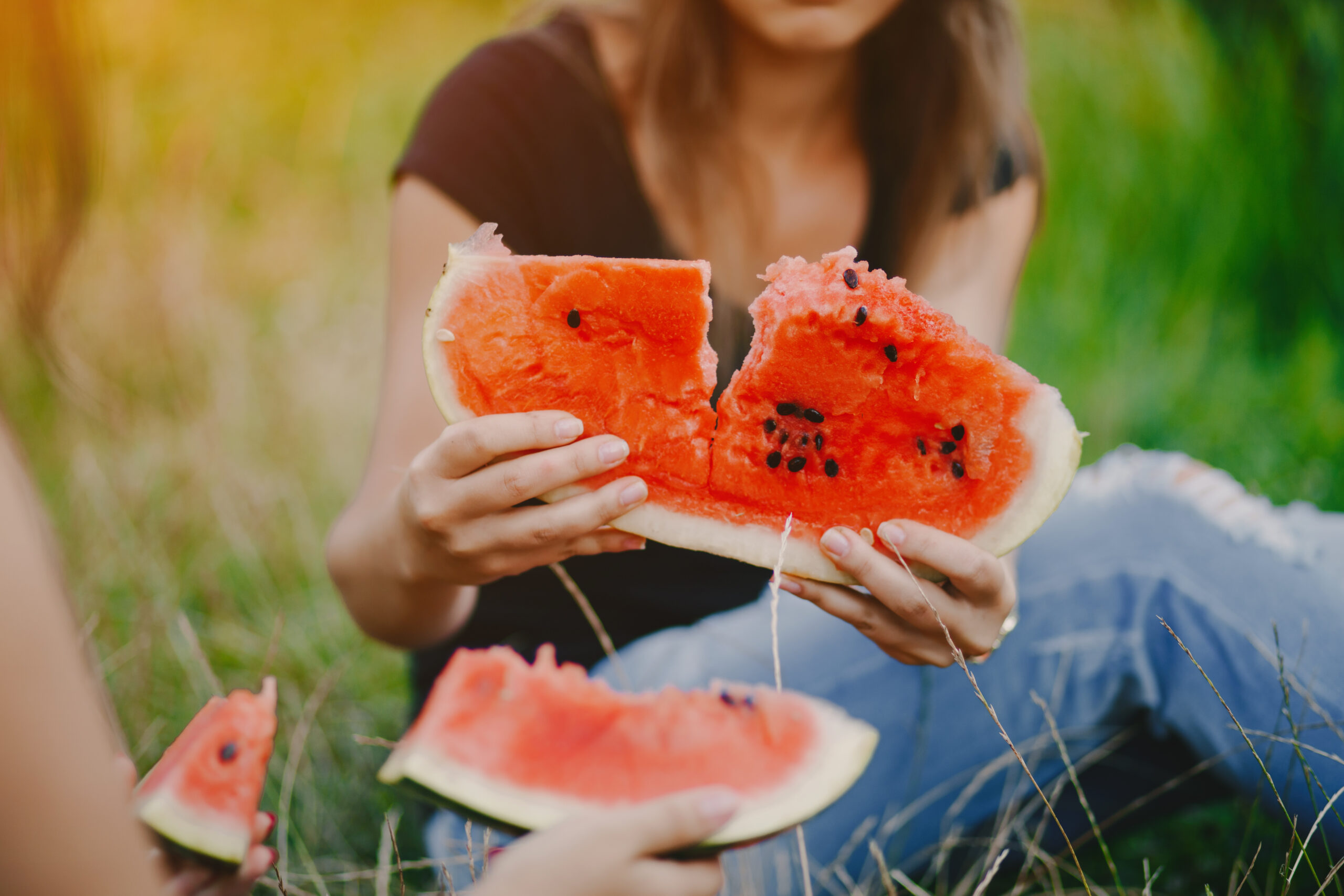
Food
During the summer season women might experience excessive sweating that can lead to electrolyte imbalance, itchy skin, and yeast infections. Your eating habits during summer can also affect menstruation. Watermelon has long been a summer staple and for good reason. Watermelons contain Vitamin C and Vitamin A. Vitamin C is known to have multiple benefits for the skin, while Vitamin A helps immunity and improves bone health among women. You can also try other foods that are high in Vitamin C content to boost overall health. One of the most important constituents of watermelon is lycopene. This not only gives the fruit its red tint but also reduces the risks of a stroke and minimizes blood pressure issues. Moreover, it treats inflammation in the body. About 90% of watermelon is water, it isn’t hard to make that connection. Intake of adequate water keeps you hydrated, having an excellent impact on your skin and health. Eating foods with very high water content is very important during the summer season.

Body
Summer is a time for increased activity, increased heat, and increased moisture. Which means that this may also be a time of more showers, baths, and more changing of clothes and pads. The summer can be a messy and sweaty time. Feminine care is always a priority and becomes more of a priority during the summer time when women are more prone to yeast infections and other bacterial infections. Humidity and heat are breeding grounds for bacteria and mold. This is a good time to air out your home. Open up windows, let the light in to disinfect and dry out your environment. This is also a wonderful time for perineum sunning, also considered as vagina sunbathing. Perineum sunning has ancient roots in Taoist tradition. In Taoism, the perineum or Hui Yin is called the “Gate of Life and Death.” This is a gateway where energy enters & exits the body. While this practice may prove beneficial, always approach the sun with a certain amount of respect. Recognize its intensity and prepare yourself to partner with it. I would suggest wearing a sun protective light fabric to cover the perineum area from sunburn and not going for more than 10 minutes in a sunbathing position. Moons and Seasons is a place to honor and respect all ancient practices with the intuitive wisdom that we are born with.
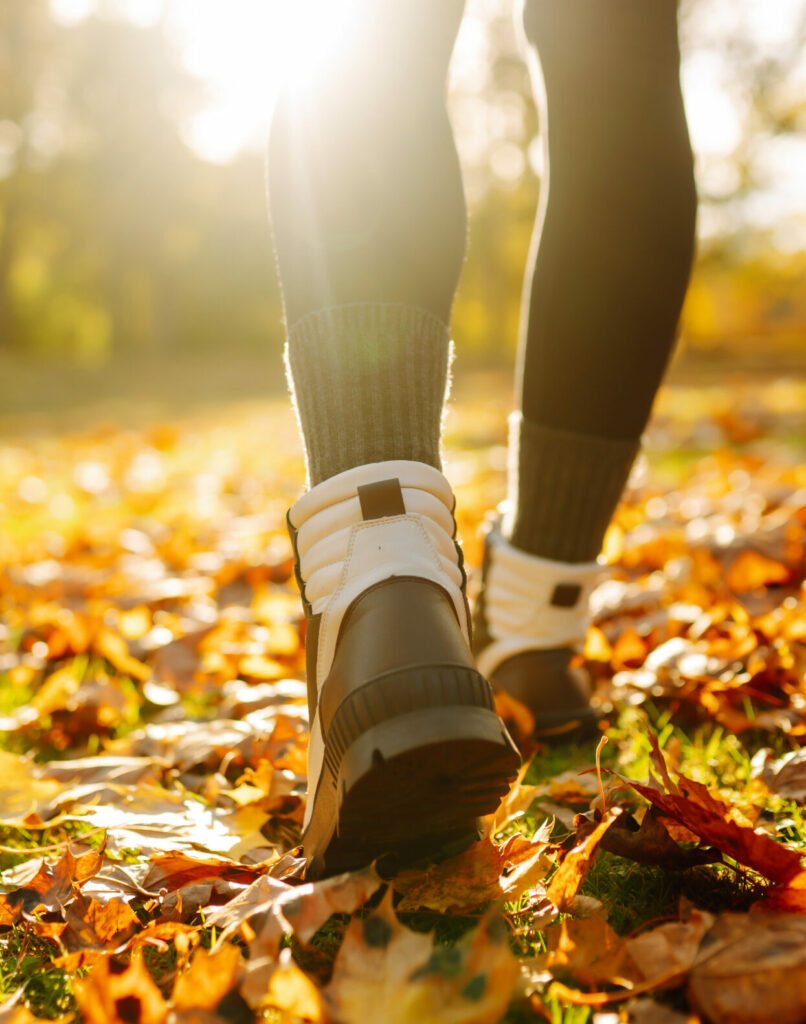
The fall equinox brings with it a sea of yellows, reds, oranges, and browns. We go back to an equal balance of day and night. We get to see a spectrum of pigmentation with leaves and feel the cooler crisp air. This season is often tagged as a cozy time of year. It’s the only time of year where we are introduced to a very stark contrast in colors. Colors play a major role in our physiological health. Orange is associated with joy, yellow is known worldwide as the color linked to happiness, brown is a stabilizing and grounding color, while red and green are associated with life and fertility. The fall equinox usually takes place on September 22 or September 23 and marks the beginning of the fall seasons.
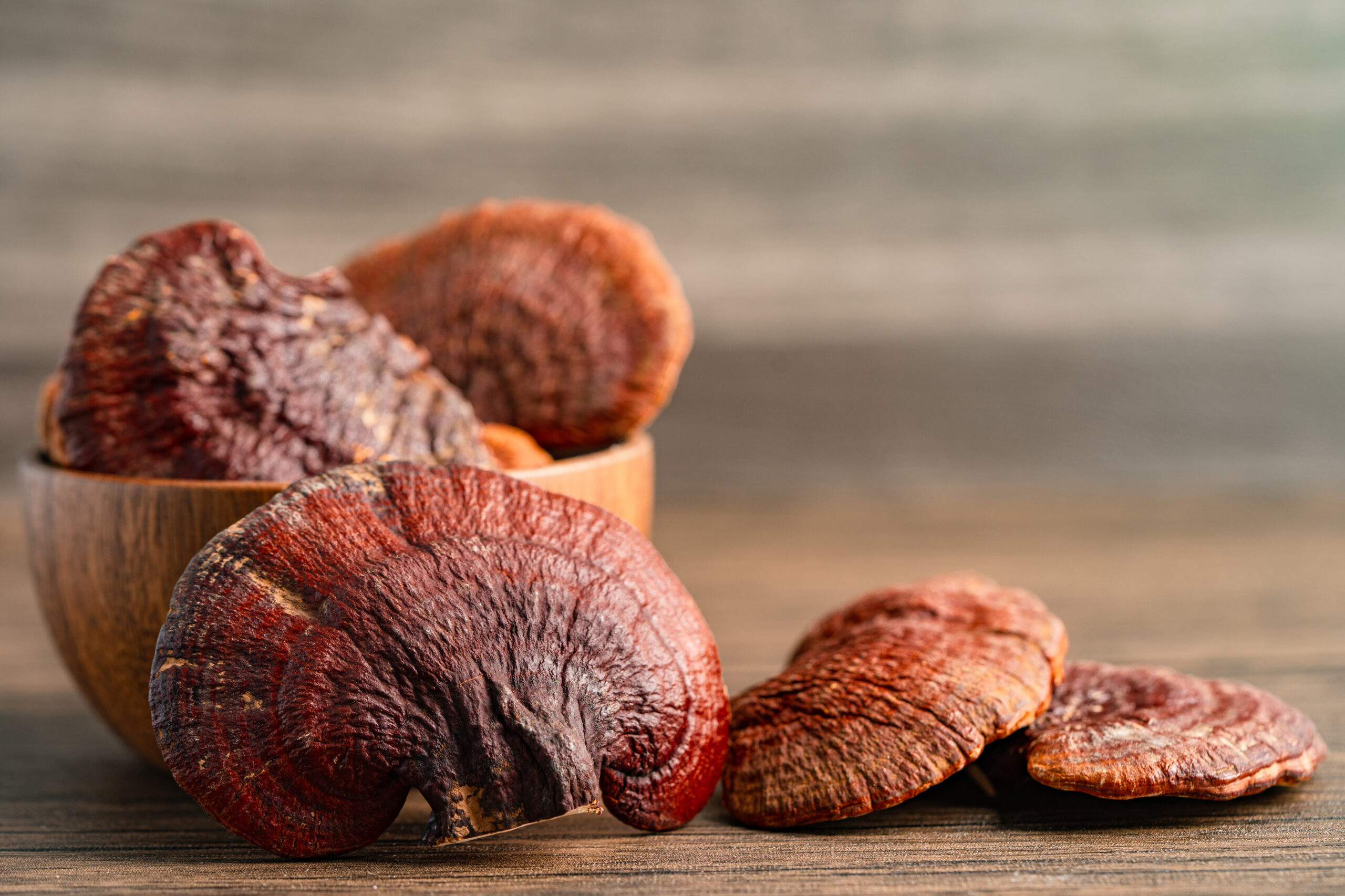
Food
As the days get shorter leading up to the Winter Solstice it is important to make sure you’re getting enough vitamin D. We are introduced to more overcast days and less direct light. This is another good time of year to spend as much time outdoors as you can. Mushrooms are a wonderful fall food and a rich source of Vitamin D. Spices such as clove, cinnamon, and nutmeg are fall seasonal staples. They are also an important part of health because these spices are anti-inflammatory, help to support blood circulation, and boost the immune system. While the fall brings with it a boost of color, it can also have the effect of lowering one’s mood. This is a great time to stock up on mood boosting adaptogens to balance out the lower mood associated with more cloudy gray days. Reishi mushroom is a fantastic adaptogen that helps to boost the immune system and helps to manage stress and anxiety. Rhodiola is another powerful adaptogen that comes with many benefits including increased energy and increased physical performance. It may also decrease symptoms of depression and improve blood sugar.

Body
As women we each carry a history with us. A season can cause us to become nostalgic and remember a certain emotion tied to a certain place or time of year. We can carry these joys and burdens with us year after year repeating and reliving the past. The fall season is a great time to meditate on events from your past. What memories and other feelings are nourishing during this time. The fall is a time for storing things away. What would you like to store with you in the fall to prepare for the winter season? What would you like to reserve? This is a great time to journal to acknowledge your memories and speak to your past. Whether those thoughts are comfortable in your body or not, we all store emotions in our body until we decide to release them.
Each season brings with it a lesson and its own template for a healthy lifestyle. Each season is temporary and infinite. We experience this time each year. Moons and Seasons consultation can help you with mapping out your seasonal journey. We help to bring two worlds together by helping women get in sync with their internal moon phases in tandem with the external cycles of the sun. It’s a wonderful symbiotic relationship that can lead to optimal mental and spiritual health.
If you would like to learn more about how to live in a purposeful way feel free to contact at info@moonsandseasons.com or via the contact form below
